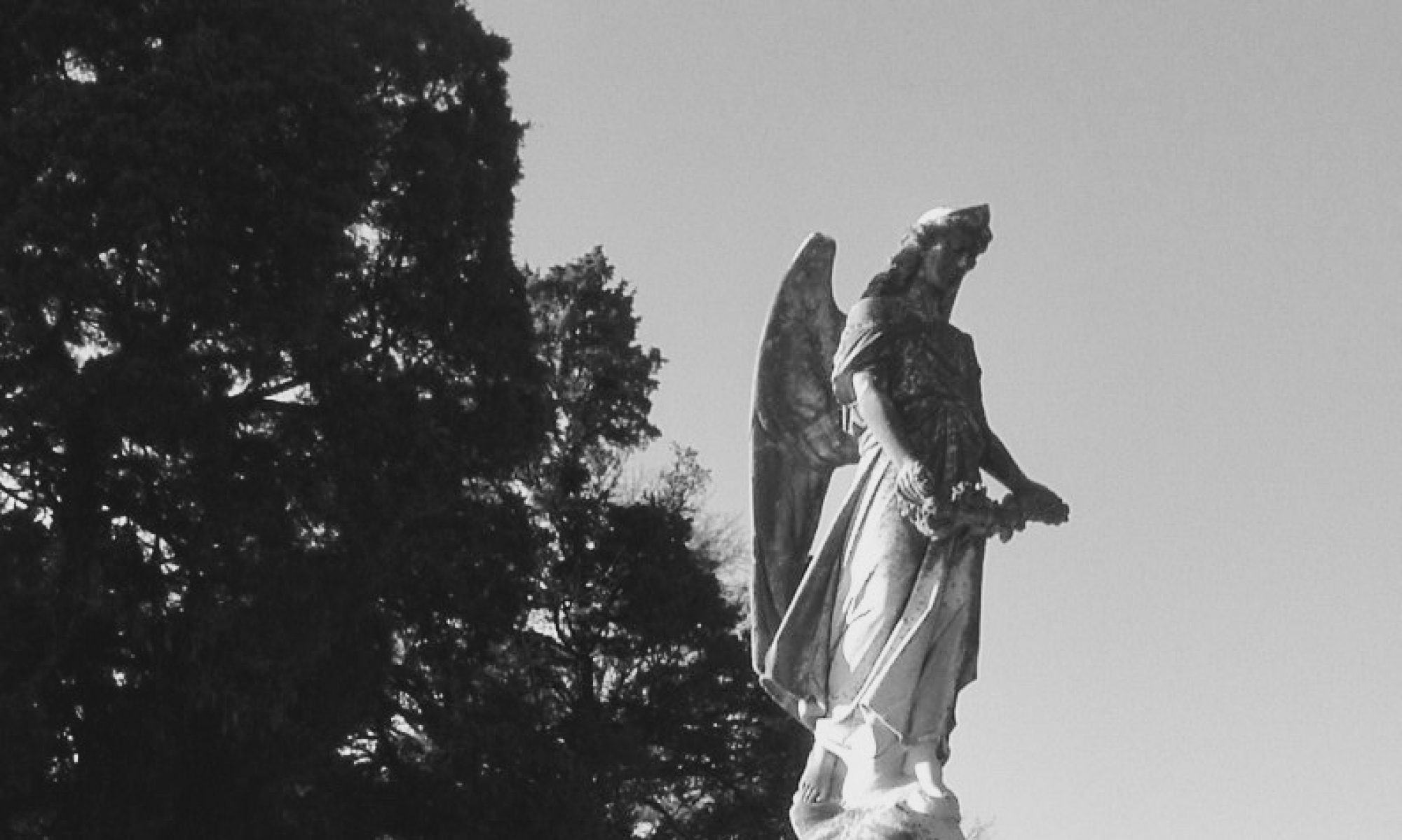Lyric Theatre
201 North Broadway
Tupelo
He appeared first in a Lee County community called Black Zion near the Pontotoc County line. He was a dark, shadowy figure stretching from the leaden clouds to the dusty ground. The winds surrounding him stirred up dust in the still and humid air of a warm spring Palm Sunday. He tore through Black Zion and then slammed into the town of Tupelo with great fury around 8:30 that evening.
April 5, 1936 had been a pleasant Palm Sunday in Tupelo until the twister touched down flattening 48 blocks of the city. Believed to have been a 5 on the Fujita scale—the scale for judging the strength of tornados—this Palm Sunday visitor was part of a line of storms that struck the South with another powerful tornado destroying parts of Gainesville, Georgia the following day. Local officials counted 216 deaths, but in this era of Jim Crow that was only counting whites among the dead. The deaths of African-Americans—and this tornado struck a part of Tupelo that was largely black—went unrecorded.
As the dead and injured were pulled from the twisted wreckage of the city the broken bodies were moved to a temporary hospital and morgue set up in the Lyric Theatre. The sounds of agony from the injured and the dying, as well as the clink of metal medical instruments and trays replaced the laughter that usually echoed through the building. Stories speak of the popcorn machines in the lobby being pressed into service to sterilize the instruments. These bad memories still may linger.

The Lyric opened as the Comus Theatre in 1912. The Comus hosted vaudeville and other live performances until the prevalence of films lead to vaudeville’s untimely demise. The theatre became a part of the M. A. Lightman Company (Malco), a chain of cinemas, acquiring a new name, the Lyric, and it’s Art Deco façade and marquee. It’s appropriate that this theatre, having been built for live theatre would ultimately be saved by it as well. In the mid 1980s when the theatre had outlived its usefulness as a cinema, it was saved from the wrecker’s ball by the Tupelo Community Theatre and has been slowly but surely restored by them.
With TCT’s acquisition of the Lyric Theatre, they also acquired some lingering memories; memories that will mischievously play tricks on actors and theatre staff. One executive director had his keys taken and hidden from him. After searching for about 45 minutes he gave up and decided to call someone to come get him. The phone sat on a Plexiglas stand with a small slot for papers clips. As he lifted the receiver he glanced down to see his keys stuffed into the small slot. Puzzled, he locked up the building and quickly left. He could come up with no explanation except to blame Antoine, the theatre’s lingering spirit.
Exactly who the spirit is or why his name is Antoine is unknown. Perhaps he’s one of the injured, dying or dead brought into the building following the tragic tornado or perhaps a more recent theatre associate who has returned to his beloved theatre? All that is known is that he enjoys playing tricks including playing with the lights, slamming doors when he may be unhappy and possibly making a surprise appearance in a theatergoer’s photograph.
There are other lingering memories that are more obviously connected with the theatre’s tragic past. The clank of metal medical instruments still resounds through the building while the popcorn machines, once pressed into such ghastly service, are said to turn on by themselves. In a place where such happy memories are now made, these negative memories linger to remind us that even the beauty of a warm spring evening can be shattered in an instant by a terrible storm.
Sources
- 1936 Tupelo-Gainesville tornado outbreak. Wikipedia, the Free Encyclopedia. Accessed 28 March 2013.
- History of the Lyric Theatre. Tupelo Community Theatre. Accessed 28 March 2011.
- Rutherford, Joe. “Tupelo tornado: Scars, united in spirit.” NEMS Daily Journal. 3 April 2011.
- Sillery, Barbara. The Haunting of Mississippi. Gretna, LA: Pelican, 2011.
- Steed, Bud. The Haunted Natchez Trace. Charleston, SC: History Press, 2012.
- Tupelo Community Theatre. org. Accessed 28 March 2013.
